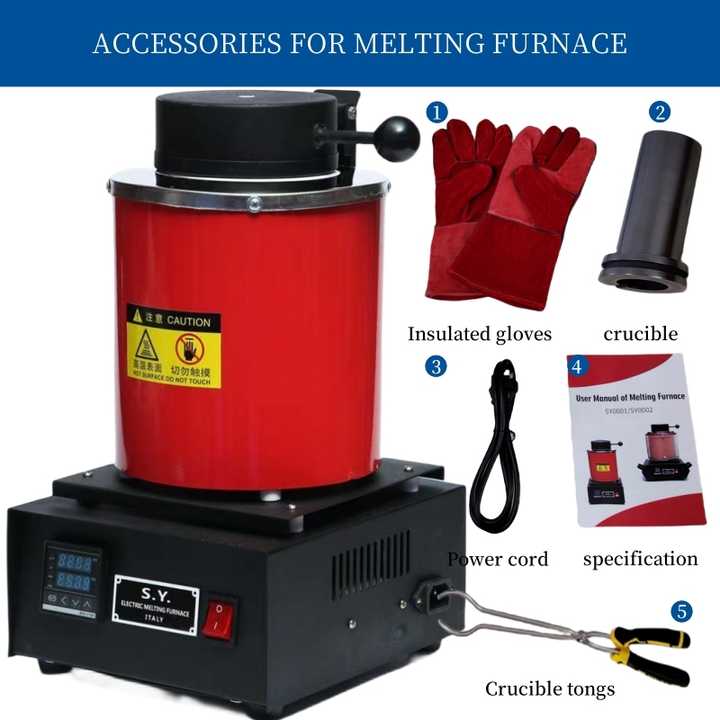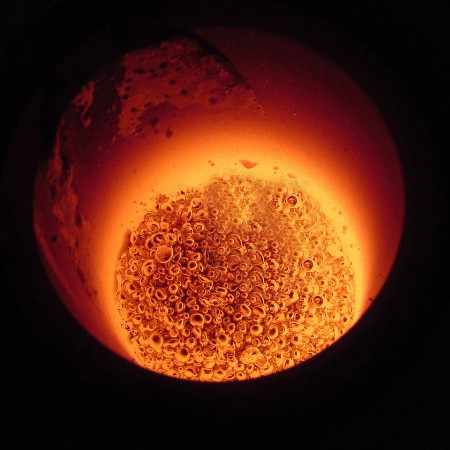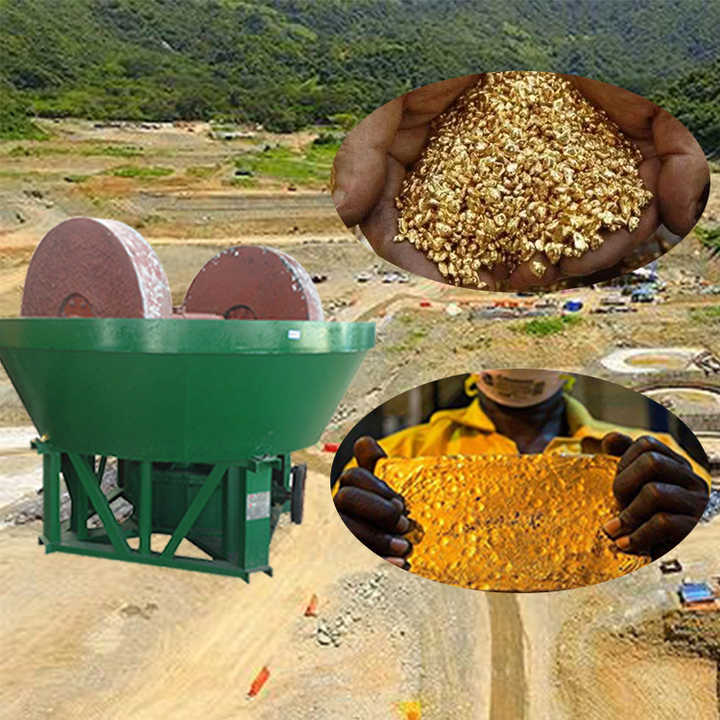smelting black sand for gold
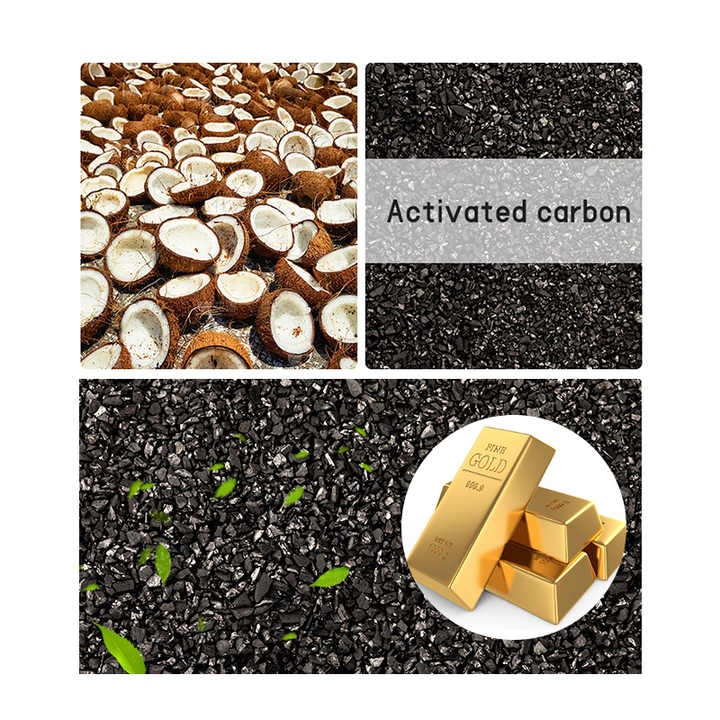
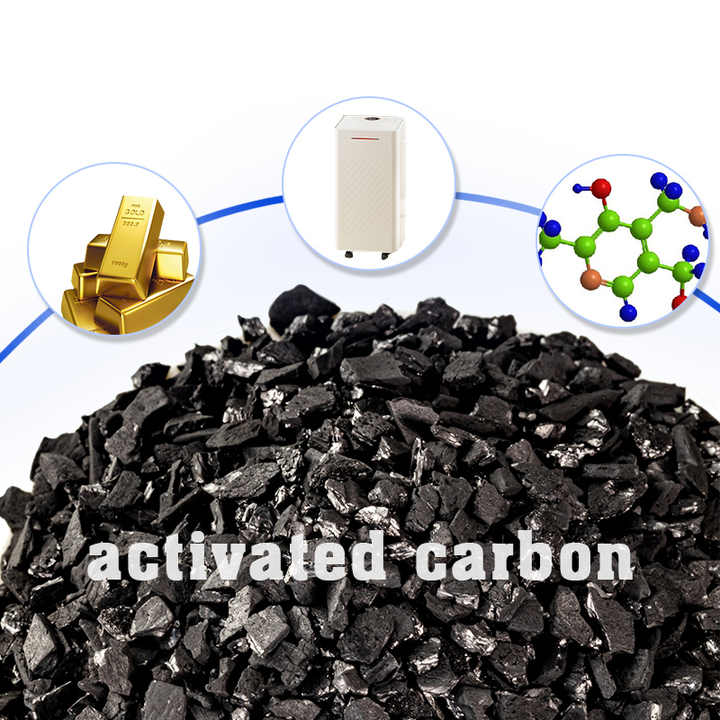
Smelting Black Sand for Gold Techniques and Considerations
Smelting black sand for gold is a process that has intrigued prospectors and miners for centuries. Black sand, often found alongside gold deposits in riverbeds and mining sites, is a dense material composed of various minerals, including iron oxides, which can be rich in gold. Smelting is an effective method for extracting gold from black sand, utilizing high temperatures to separate gold from other elements. This article explores the techniques and considerations involved in smelting black sand for gold.
Understanding Black Sand
Black sand is a type of heavy mineral sand that typically appears as a black or dark-colored material found in placer deposits. It is composed of various minerals, including magnetite, hematite, and ilmenite, and often contains traces of gold. The high density and magnetic properties of black sand make it an effective indicator of nearby gold deposits.
Composition of Black Sand
Black sand is primarily made up of:
- Magnetite: A magnetic mineral that is black in color.
- Hematite: An iron oxide that appears as red or black.
- Ilmenite: A black titanium-iron oxide mineral.
- Gold: Often present in small quantities within the black sand.
The presence of gold in black sand can be significant, especially in areas known for gold mining. However, separating gold from black sand requires specialized techniques due to the complex nature of the material.
The Smelting Process
Smelting is a process that involves heating black sand to high temperatures to extract gold. The goal is to separate gold from other minerals and impurities present in the black sand. The process can be divided into several key steps:
Preparing the Black Sand
Before smelting, black sand must be prepared. This involves:
- Crushing: Reducing the size of black sand particles to improve the efficiency of the smelting process. This can be done using a crusher or mill.
- Concentration: Separating the gold-containing black sand from the rest of the material using techniques such as panning or gravity separation. This step ensures that only the most promising material is processed.
Creating a Smelting Mixture
To smelt black sand, you need to create a mixture that will facilitate the extraction of gold. This typically involves:
- Flux Addition: Adding flux materials, such as borax or soda ash, to the black sand. Flux helps to bind impurities and lowers the melting point of the mixture, making it easier to separate gold from other elements.
- Carbon Addition: Sometimes, carbon is added to the mixture to help absorb impurities and improve the efficiency of the smelting process.
Heating the Mixture
The prepared mixture is then heated in a smelting furnace to a temperature high enough to melt the black sand and extract the gold. The process generally involves:
- Heating: Using a furnace or other heating equipment to raise the temperature of the mixture to around 1,200°C (2,192°F). This is sufficient to melt the black sand and separate gold from other minerals.
- Maintaining Temperature: Ensuring that the temperature remains consistent throughout the smelting process to achieve a complete separation of gold from impurities.
Separating Gold
Once the mixture is melted, gold will separate from the other materials and settle at the bottom of the furnace. The process involves:
- Pouring: Carefully pouring the molten material into molds to cool and solidify. The result is a gold-rich slag that contains the purified gold.
- Refining: Further refining may be needed to achieve higher purity levels, including additional smelting or chemical treatments.
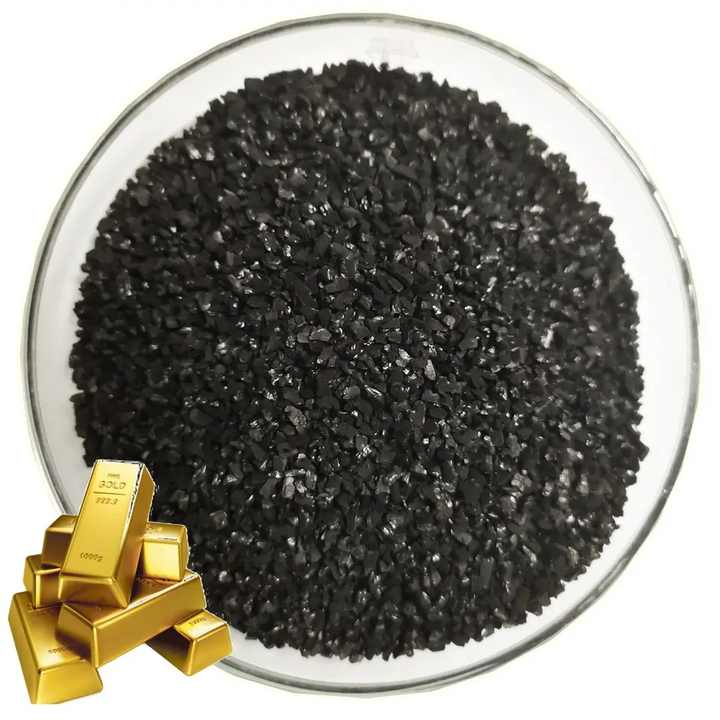
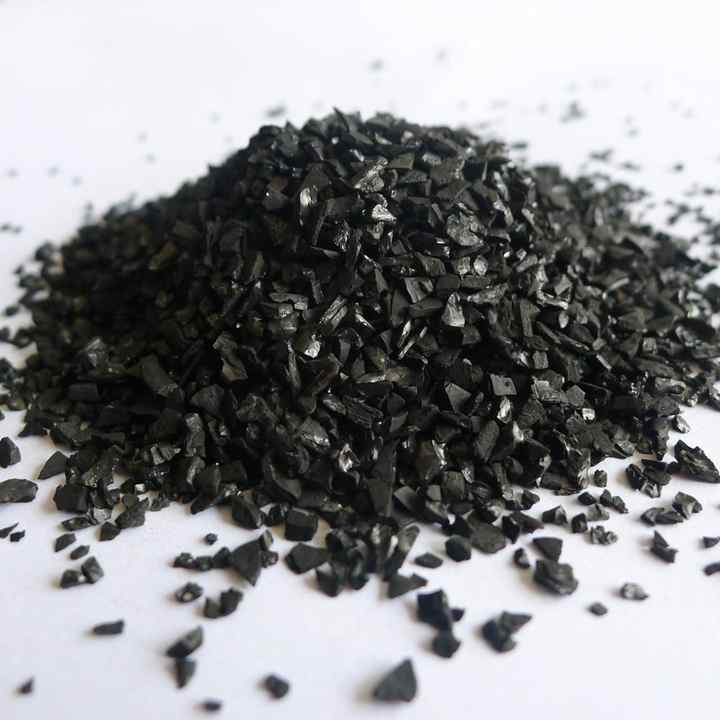
Advantages of Smelting Black Sand
Smelting black sand offers several advantages for gold extraction:
- Efficiency: Smelting can process larger quantities of black sand at once compared to manual separation methods.
- Purity: The high temperatures and flux materials used in smelting help to achieve a higher purity of gold.
- Cost-Effectiveness: Smelting can be a cost-effective method for extracting gold from black sand, especially when dealing with large amounts of material.
Considerations and Challenges
While smelting black sand can be highly effective, there are several considerations and challenges to be aware of:
Safety
Smelting involves high temperatures and potentially hazardous materials, so it is essential to follow safety protocols:
- Protective Gear: Wear appropriate safety equipment, such as heat-resistant gloves, eye protection, and a respirator.
- Ventilation: Ensure proper ventilation to avoid exposure to fumes and gases released during smelting.
Environmental Impact
The smelting process can have environmental impacts, including:
- Waste Management: Properly managing and disposing of waste materials and slag generated during smelting.
- Chemical Use: Minimizing the use of harmful chemicals and ensuring they are handled and disposed of safely.
Equipment Maintenance
Regular maintenance of smelting equipment is crucial to ensure optimal performance and longevity:
- Furnace Care: Regularly inspect and clean the furnace to prevent damage and ensure efficient operation.
- Tool Maintenance: Keep tools and equipment in good condition to avoid disruptions in the smelting process.
Smelting black sand for gold is a highly effective method for extracting gold from placer deposits. By preparing the black sand, creating a suitable smelting mixture, and carefully heating the material, gold can be separated from other minerals and impurities. While the process offers numerous advantages, including efficiency and cost-effectiveness, it is important to consider safety, environmental impact, and equipment maintenance to achieve the best results. With the right approach, smelting black sand can be a valuable technique for gold prospectors and refiners seeking to recover gold from challenging materials.












